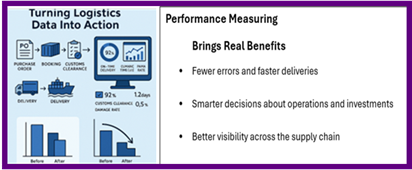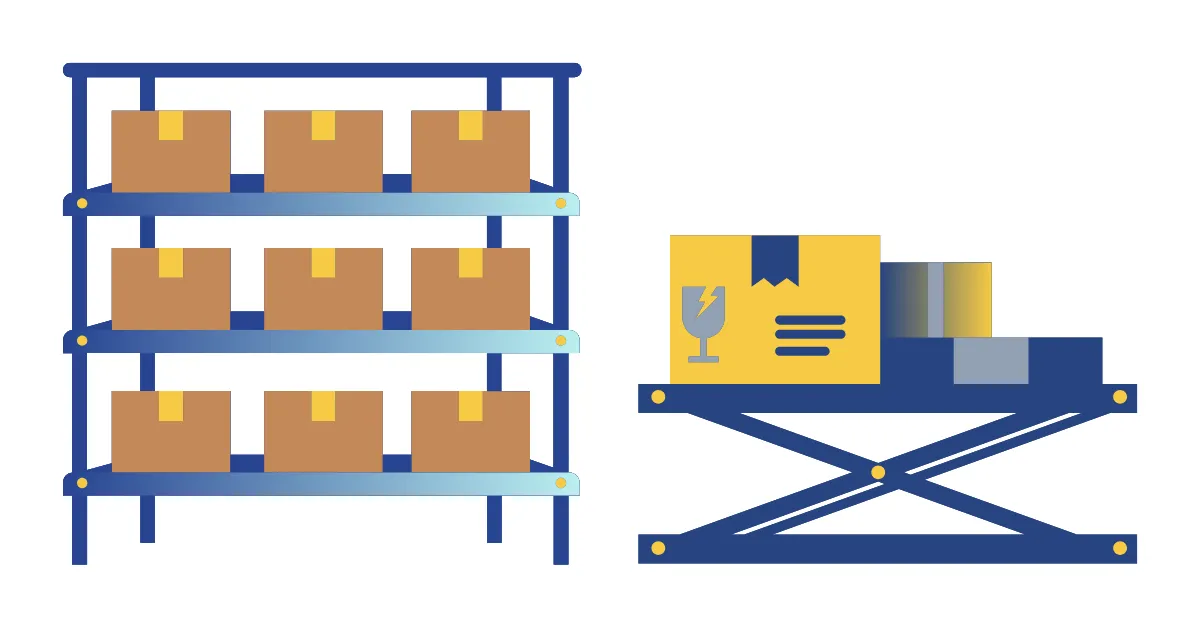I learned logistics from the ground up—trucking ops at the start of my career, then later, over two decades running global networks. One lesson never changed: data is the lifeblood of logistics.
But not any data—clean, timely, owned by the team that must act. Without that, you react to surprises. With it, you run a playbook.
At a global shipper, our ecosystem was sprawling—carriers, forwarders, drayage, customs brokers, DCs. We stopped debating opinions and measured performance the same way, everywhere. Actuals vs. plan daily: booking confirmations vs. requests, customs releases vs. ETA, arrivals vs. promised delivery.
When something slipped, we knew who owned the next move and by when. Business Intelligence made it stick. We automated document capture (POs, packing lists, HTS, SKUs) into live dashboards and tracked the metrics that change outcomes: on-time, transit variance, damage, container utilization, fill rate, booking changes, rolled boxes, and first-time invoice accuracy (we drove that to 98%). Results followed: fewer rolls, faster cycles, and cleaner bills.

Here’s where WOWL fits—and why I like their approach. WOWL is carrier-neutral and AI-driven; it doesn’t move your freight, it powers the decisions. It ingests and normalizes PO and document data (packing lists, HTS, SKUs), enriches it with dimensions and cube, and surfaces live PO dashboards that give operators one source of truth—especially alongside a legacy ITMS/ERP.
Their models help estimate international shipping costs, highlight anomalies before they become exceptions, and make partner scorecards effortless, so behavior follows the numbers. Neutrality matters: no hidden agenda, just governance you can trust.
How this helps your reality:
- See earlier. Surface POs 8–12 weeks out and right-size containers with cube. Act faster.
- AI pulls the docs; ops stops copy-pasting and starts sequencing. Govern outcomes.
- Publish weekly scorecards (on-time, utilization, damage, rolls).
- Decide with context. Lane and sub-lane signals plus cost estimates inform tenders, consolidations, and timing.
The rule stays the same, you must always: measure → publish → analyze → act → track, then >> validate.
Be a bug, not a do—brief clearly, unblock partners, and govern outcomes. Shipping happens. If your week still starts with guessing, plug your POs into WOWL, add cube, automate ingestion, and let the scorecard drive the room. Stay wiggly, plan early, flex fast, and ship on purpose.





